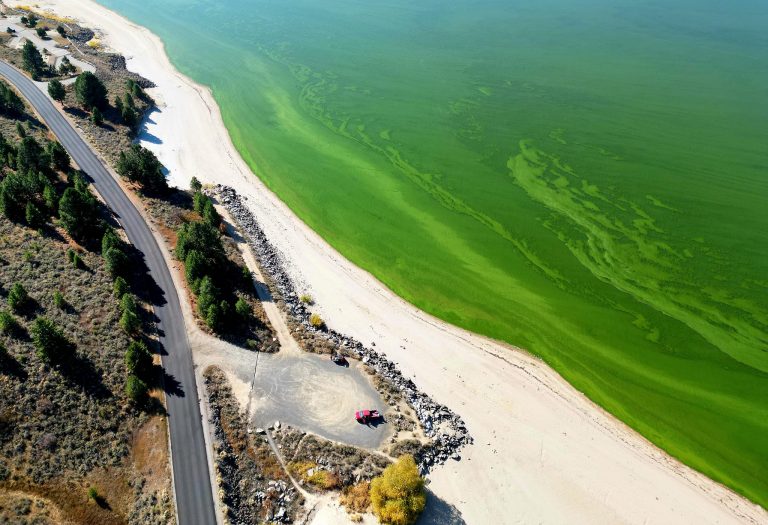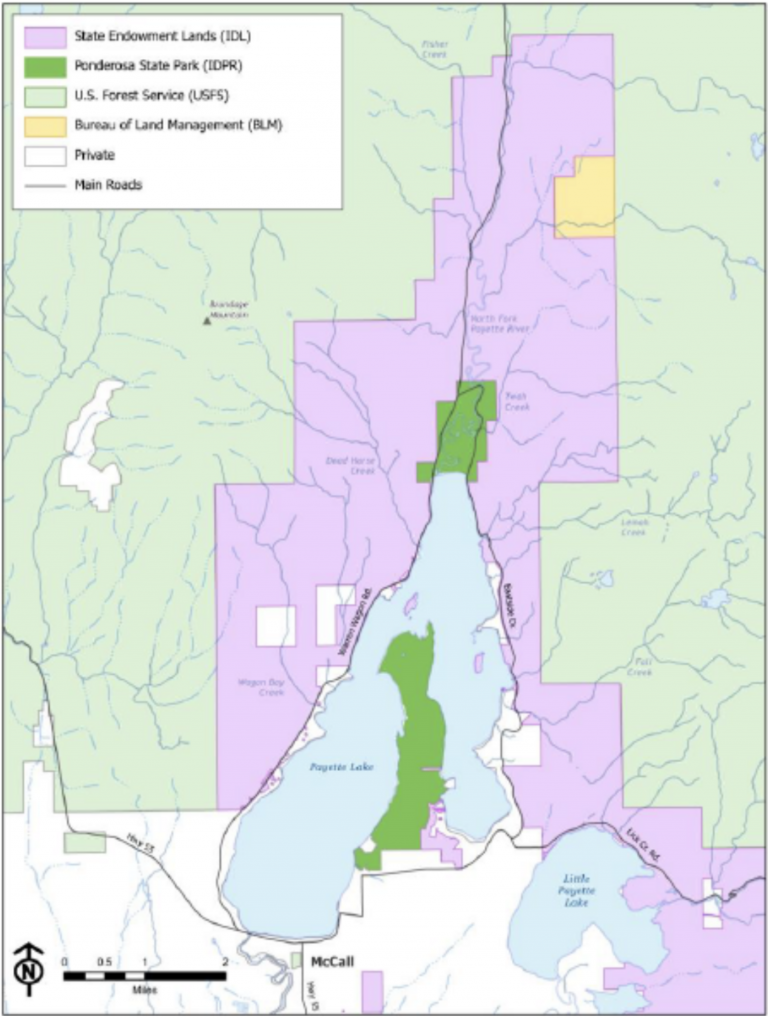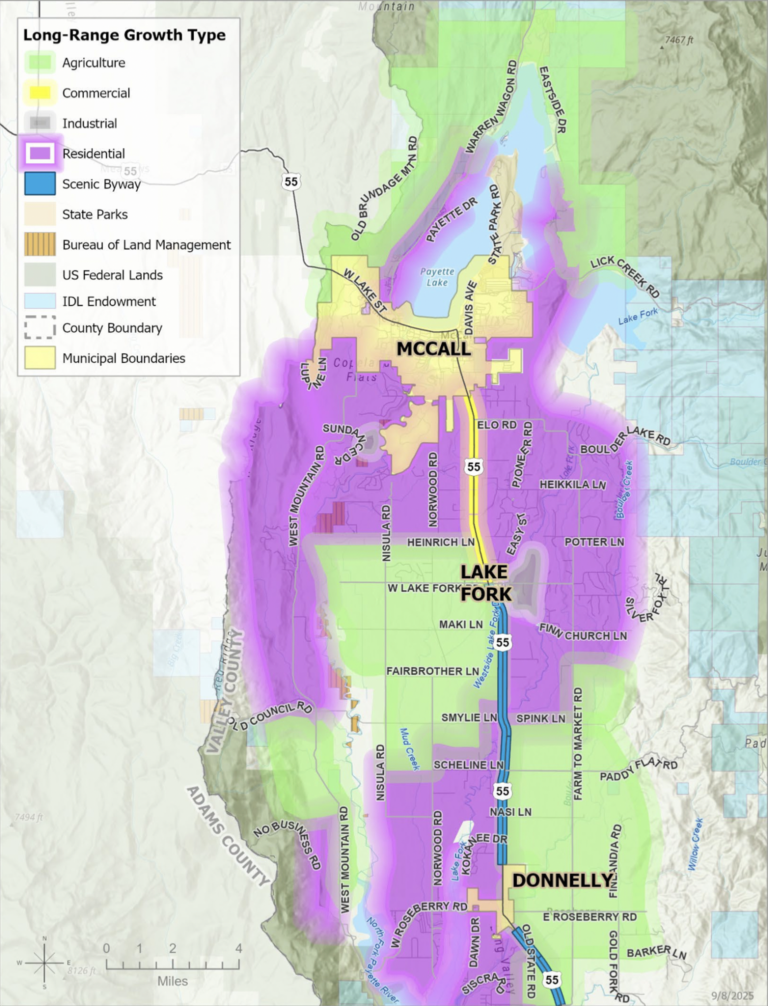BY MAX SILVERSON
The Star-News
Changing the way water is released from the Lake Cascade dam and Deadwood Reservoir would not reduce cyanobacteria outbreaks on the lake, according to a study by the Bureau of Reclamation.
“The results suggested that the harmful algal growth is not sensitive to water levels and operations for Cascade Reservoir, at least within the selected theoretical alternative operational ranges,” said Michael Poulos, the Reclamation study team lead.
Results of the study, which began in 2021 and cost about $250,000, were released earlier this month.
Lake Cascade has seen five health advisories issued for high concentrations of toxin-producing cyanobacteria since 2018. The toxins are dangerous to humans, pets and livestock.
The study used a computer model, not actual operational changes made to the dam. The facility will continue to follow its current operation plan, Poulos said.
Variables that were considered in the computer model include historical river flow volumes into the lake and releases from the dam, weather data, reservoir geometry, water levels and water quality data.
The model then simulated water dynamics within the reservoir to show how the heating of water would affect the processes that produce cyanobacteria growth and harmful toxin production.
One variable that contributes to Cyanobacteria blooms is overall water temperature. The study considered several ways to keep the temperatures lower throughout the summer and into the fall, when the most severe blooms tend to occur.
One consideration was releasing water at different times throughout the year. Although some small changes were seen, the study found that would not have a significant effect on water temperature.
The dam can release water deeper down in the lake, or closer to the surface through a spillway, theoretically skimming warmer water to keep the lake temperature down.
The study found that changing the depth at which water is released “had little effect on changing reservoir temperatures.”
Also considered was releasing water first from Deadwood Reservoir to the east of Cascade, a change that could make Lake Cascade up to four feet higher for a couple weeks but with little effect on cyanobacteria conditions.
The study only considered what changes are possible based on who is entitled to the water in the lake.
About 48% of the water in Lake Cascade is allocated to irrigators, mostly near Emmett and along the Payette River. And 11% is allocated for “fish augmentation flow” to keep the rivers high enough to support juvenile salmon in the lower Snake and Columbia Rivers.
Because of those obligations, the reservoir cannot be kept at 100% capacity throughout the year.
“This study’s scope was limited to exploring the theoretical flexibility in current operations while continuing to meet these agreements,” officials said.
Seeing no major effect on cyanobacteria was surprising to the Reclamation team.
“It was interesting that harmful algae growth was relatively insensitive to the theoretical changes in operations and water levels,” officials said.
Other changes could lead to reduced cyanobacteria blooms, like managing nutrients flowing into the lake, they said.
“While it’s disappointing that no definitive solution emerged, the study provides valuable insights into the lake’s behavior, establishes a technical basis for future research and confirms the complexity of managing lake water levels and water quality,” said Lenard Long, of the citizen scientist group Friends of Lake Cascade.
“Additionally, it serves as a warning about worsening conditions to come,” Long said. “We are already experiencing the shifting in snow melt inflow timing and ash loading from numerous post-fire events in this watershed.”
Because dam operations may not help reduce cyanobacteria outbreaks, efforts to reduce phosphorus and other nutrients that feed these blooms should be prioritized, he said.
Reclamation has no plans to conduct a follow-up study. The model used for this study and supporting documentation will be released through the agency’s website at https://data.usbr.gov/ and will be available for anyone studying the lake.
The full report on the study and a summary bulletin can be found at https://www.usbr.gov/watersmart/pilots/studies.html.



